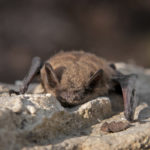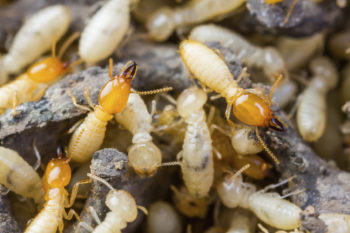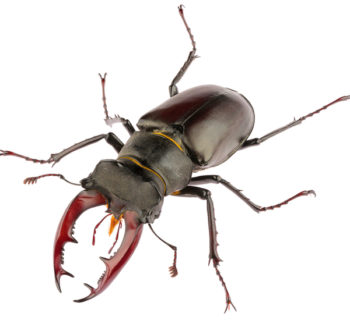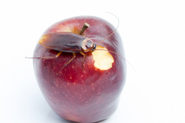
In recent years, there have been a number of bird species, native to the European continent that have begun to flock towards North America. Over 200 native European birds have now been found in North America. The European Starling is one among many of these species. The European Starling is classified under the myna and starling family (Sturnidae). A full grown Starling can measure as long as eight or nine inches, with a total wing span anywhere between 12 and 16 inches. The appearance of the European Starling is subject to change, based on whether it is breeding season or not. One of the most fascinating traits of the European Starling is its uncanny ability to mimic sounds. It has even been known to successfully imitate human sounds.
The Starling is typically native to the European continent, but has also been found nesting in parts of Northwest Asia, and even North Africa, during winter season. Starlings are highly adaptable birds and have been known to thrive in a variety of habitats. However, they are most commonly observed in agricultural regions, large grassland territories and even urban spaces.
Impact
One of the key traits of Starlings is that they often migrate and travel in giant flocks. As a result, they consume large quantities of plant matter and small insects like invertebrates in the region where they flock. They are known to travel long distances in such large flocks between their nesting sites and feeding areas. As a consequence of this, they are widely acknowledged as the cause for the spread of invasive plants through massive seed dispersal. Since Starlings travel in large flocks, they have also been known to completely displace other birds in the area, forcing such species to evacuate their nests and native areas. They are generally considered to be extremely aggressive and competitive, attacking birds and nests in order to destroy eggs and lay claim to nesting areas.
Significance to Humans and Pets
Aviation
The European Starling species is one of the few bird species that are known to have caused significant human fatalities. The year of 1960 saw a large group of Starlings collide with an aircraft causing its engine to malfunction, and the plane to eventually crash. Since the 1960, there have been a number of aviation incidents caused by the massive migration of Starlings. BSC- USA reports indicate that Starlings have caused damages in excess of $6 million, as well as 219 human fatalities since the year 1988. Starlings pose a serious problem to aviation authorities, forcing a number of flights to be abandoned or canceled.
Urban Spaces
Since Starlings travel in such huge numbers, when they invade human spaces they can cause severe inconvenience to homeowners and residents. They tend to nest in dark, enclosed spaces like attics. The droppings of these birds is corrosive in nature, and has been known to cause significant damage to buildings and homes, in the same way that termites do.
Agriculture
Also, when Starlings travel to agricultural regions, they are known to completely destroy crops and food such as grapes. The presence of Starlings poses a clear and present threat to vineyards and small farms. Many farmers and wine-makers make a living of the crops and grapes they grow, and Starling invasions significantly affect their livelihoods, as well as the food economy.
Starlings also carry dangerous viruses and bacteria, like Salmonella. As a result, the waste material they leave behind when they evacuate agricultural regions can have huge health-related effects. They have been known to contaminate water supply for livestock, as well as ruin soil fertility.




